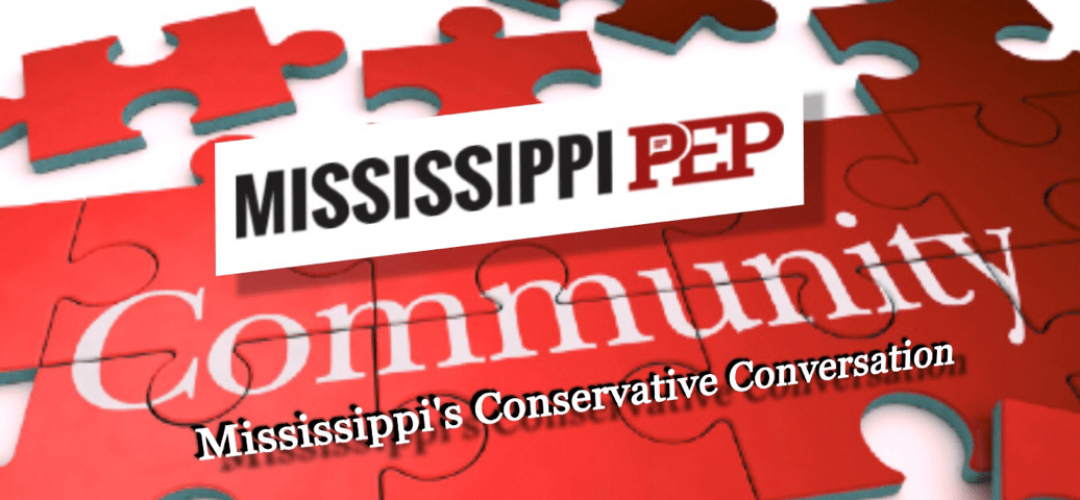It’s time for state lawmakers to open education to the mix-and-match customizability of the Information Age.
Before the advent of Uber (and similar upstarts like Lyft), competition between taxi companies occurred only within the rigid structure of bureaucratic taxi fiefdoms. Uber brought competition of a new kind: competition on the delivery model of transportation services, enabling riders to match drivers effortlessly, and allowing drivers to decide whether to return the favor by picking up a prospective rider.
Similarly, dozens of states and localities have made significant strides in expanding choice and competition over the last decade. Charter-school enrollment has tripled in a decade to more than 2.5 million, and the number of states with private-school choice, such as vouchers or scholarship tax credit laws, has grown from six in 2004 to 18 states plus Washington DC and Douglas Country, Colorado today. Education savings accounts, currently available in Arizona and Florida, represent the next generation of school choice. Like the iPhone’s iOS or Google’s Android, ESAs provide a platform that allows greater innovation and customization.
In Arizona and Florida, parents who opt their children out of their assigned public schools can have 90 percent of what the state would have spent on them in the public system deposited directly onto a restricted-use debit card. Parents can use that money to pay for private school tuition, textbooks and curricula, private tutors, special education therapies, assistive technology, and a host of other education-related services and products. They can even roll-over unused funds from year-to-year or save unspent money in a college savings account. In other words, they can completely customize their child’s educational experience.
Public education currently operates far more like a monopoly than a market. In response to Uber, wise government officials like those in Portsmouth, New Hampshire are eliminating outdated regulations like taxi medallions and price controls. If we want to see more innovative educational options that benefit both consumers and providers, such as teacher-led schools, then we must also liberate learning.
